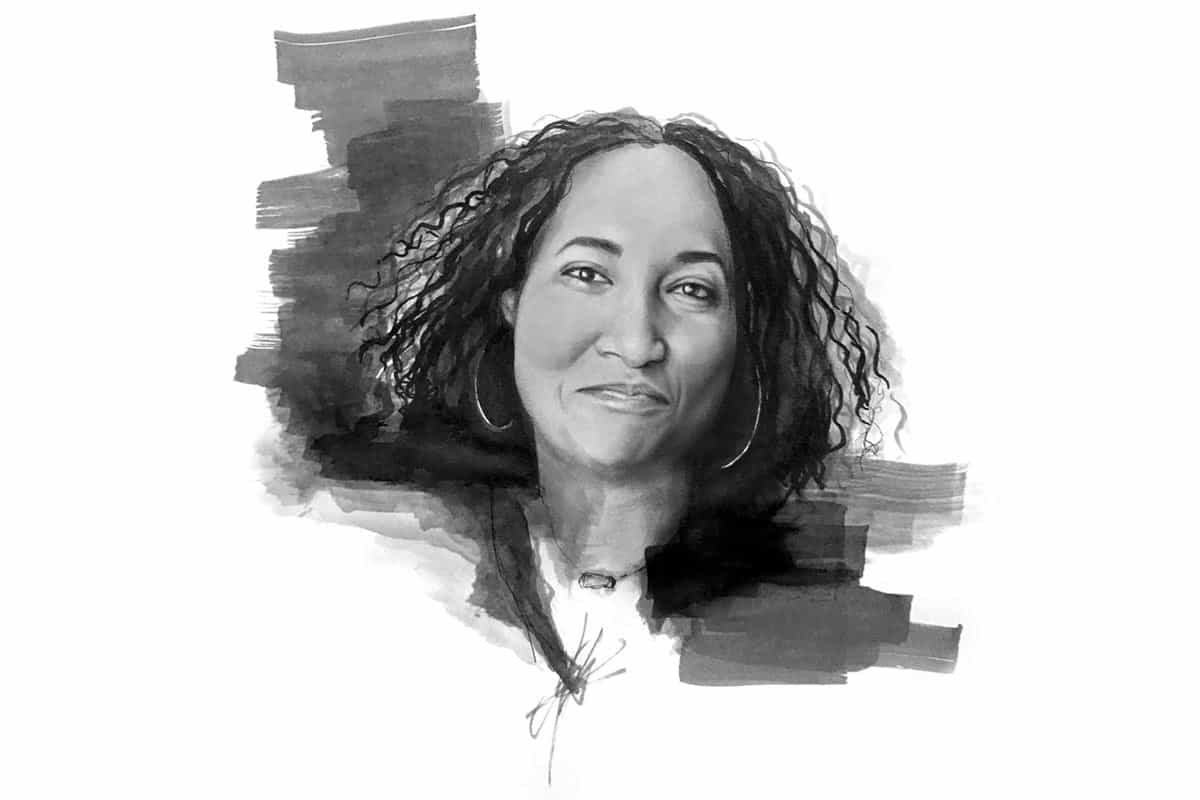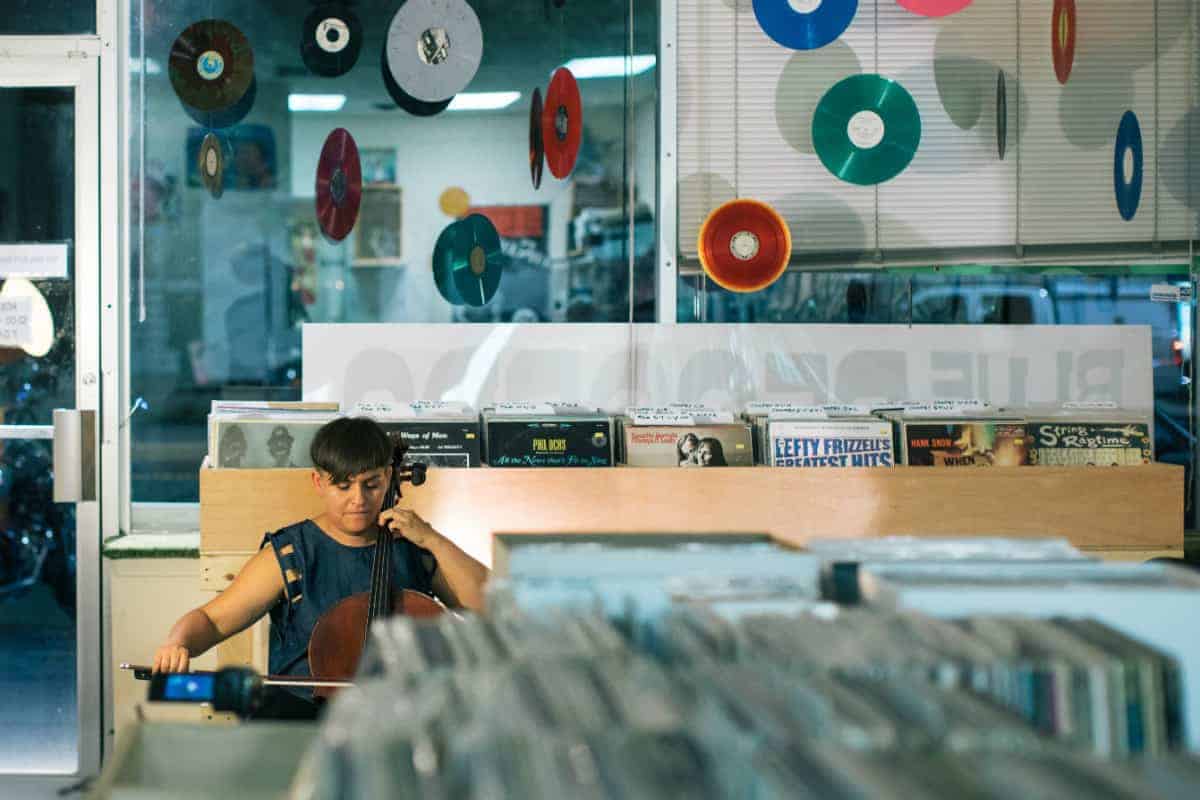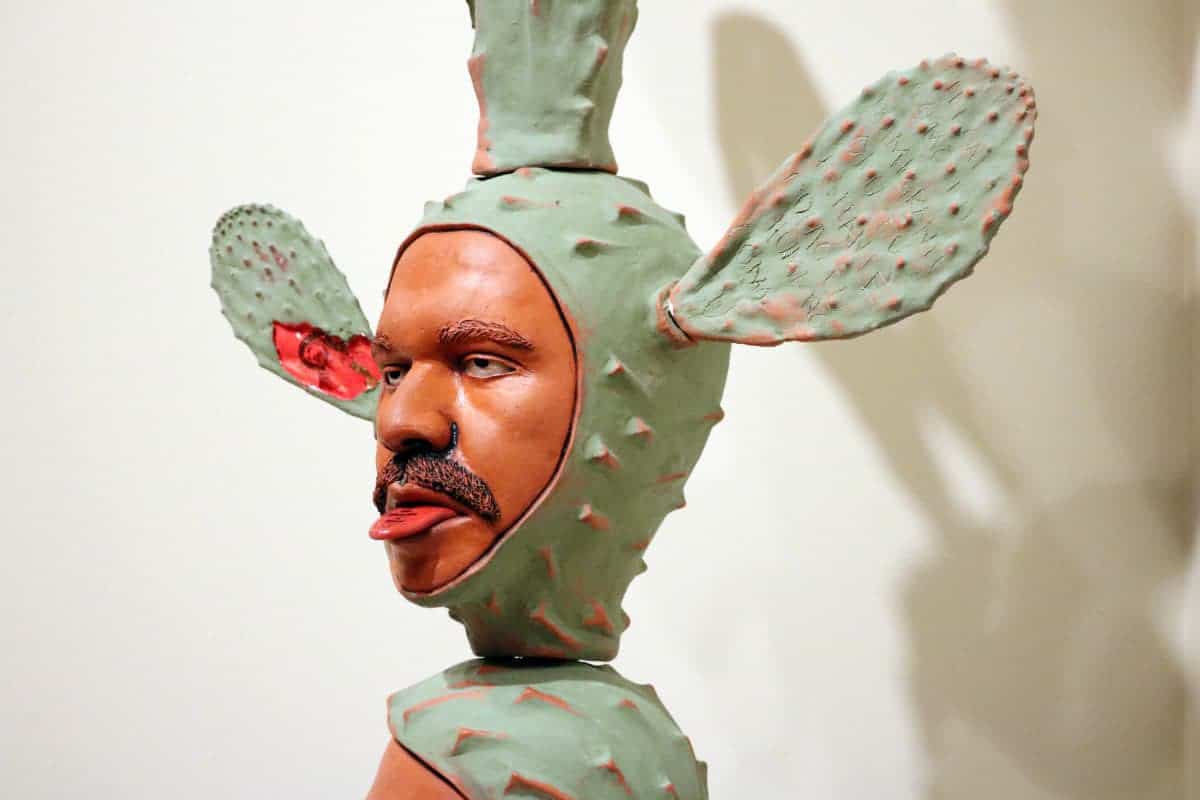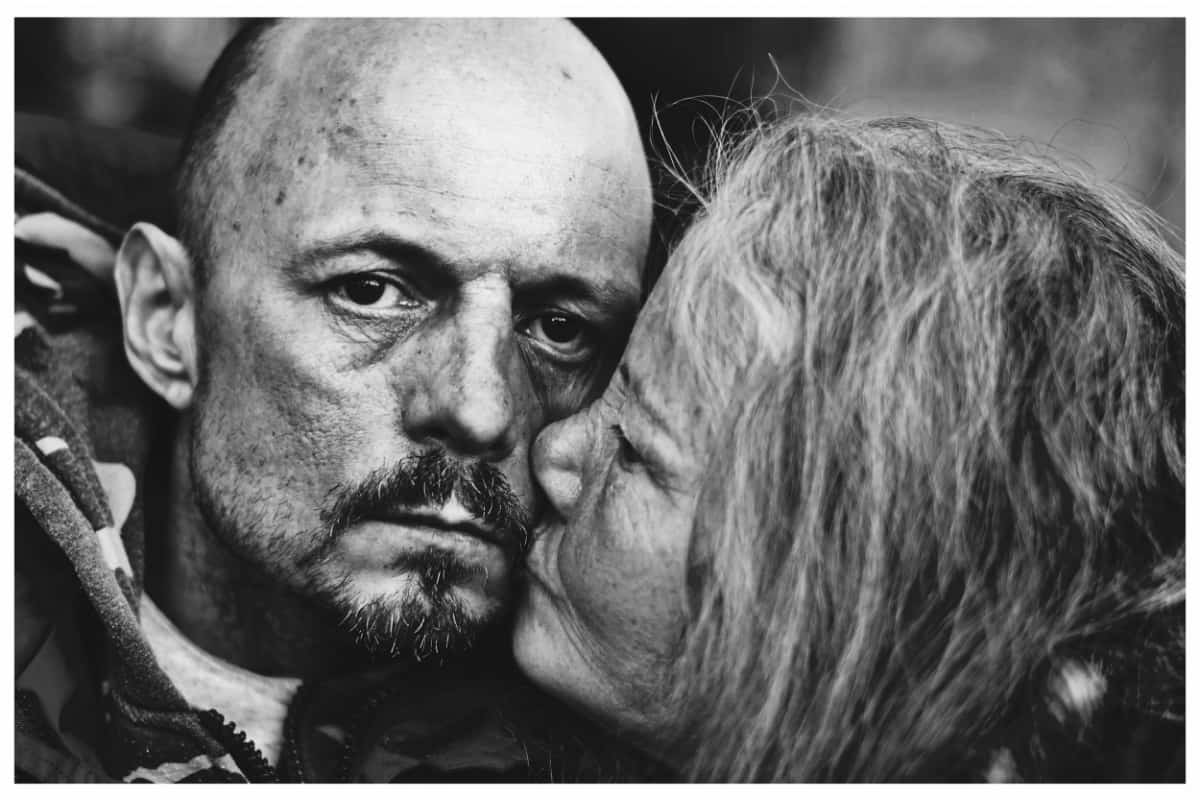Connecticut Director of Culture Kristina Newman-Scott on the need for relevance, equity, access, and diversity in the arts.
“There is power in art,” writes Connecticut’s director of culture, Kristina Newman-Scott, in the strategic plan she helped create for the Connecticut Department of Economic and Community Development’s Office of the Arts when she first took over in 2015. “Its power comes in its messages. Its power comes in its ability to agitate for social change. Communities convene because of the power of art. The voiceless find words through the power of art. There is power in the emotional reactions art evokes in people. There is power in the reflective spaces art creates. And there is power in the way art allows people of all backgrounds to relate to each other.”
We asked Newman-Scott to tell us about how she hopes to speak art-truth to power as she implements this strategic plan.
Take: You were an artist in Jamaica. How does being an artist inform your work as director of culture?
Kristina Newman-Scott: In a developing country like Jamaica, you really have to think about how you’re going to use this [artistic] skill set to make a living. Because I was able to invest in my voice and the thing that spoke to my heart, it gave me the confidence about where I could use this skill set. It’s not just the act of painting: it’s about building relationships with people. If you know how to speak “artist,” you know how to go further and deeper. It let me develop programs that I knew—even if I grew up in Jamaica—were relevant to art students in America. No one is teaching us [in art college] about pricing or how to market yourself. I knew those things firsthand. I realized, especially when I got into government, that this wasn’t commonplace.
T: How did becoming a U.S. citizen in 2013 influence your work as an artist and in your job?
KN-M: In America, a lot of our efforts when engaging with immigrant communities are built on American formulas. Because I grew up in a different country, I’m always curious how it works for different people. I created the first human-centered strategic plan for Connecticut. [The plan, known as READI, uses five guidelines—relevance, equity, access, diversity, and inclusion—as required criteria for all policy and programs.] Our population is changing quickly; I want to know what works for us here and how we fit folks into it, but also how we can challenge ourselves about how we think and develop our programs.
We will not be investing any dollars in Connecticut that are not aligned with this plan. Our office is really challenging itself every step of the way. Are we leading by example? How are we responsible for things that are not working well? This comes from my background in Jamaica, being an artist, and my curiosity growing up. My father was a Jewish black; I was raised Roman Catholic. I am quite the mongrel, as we would say in Jamaica. I want to make sure others have a space at the table, not just major thought leaders. The kid who creates art on Saturdays and works three jobs . . . that kid deserves a place at the table, too.
T: In a 2015 TEDx talk, you quoted your grandmother saying to you in Jamaican, “What is fi yu cyaan un fi yu,” which means “If it belongs to you, it is yours already.” How have you made this job yours?
KN-M: I came into this job, and there was no job description. I knew there were certain things that had to be done for federal funding. That’s where you start. I‘ve been able to make it mine with things like READI. I’ve given space to my team to push back and come up with ideas that might be horrible—but that’s great. I celebrate risk and failure, because that’s where innovation lives. Just because of that same curiosity, I can push back at my team, too. As you can imagine in government, you do something one way, and that’s how it’s done. I don’t care what we do; I want to know why we do it. I like to unpack and rebuild. I’m not afraid of finding issues and problems.
T: What do you hope to accomplish in your tenure?
K-NM: When I came into this office, there was no social media on the historic preservation side. My staff was swamped. Two years in, we’re on every social media you could want to be on. We do e-newsletters. We host statewide conferences for the arts and historic preservation, too. I’m committed to serving my community the best way I can. The fact that READI is something that is real and tangible and guides how we function—I’m so proud of that. I’m bringing READI to historic preservation, too. We’ve got to think about how all that we’re doing aligns with social justice. It’s all about leading from a human-centered point of view.
T: What is the role of the arts and preservation in our society, especially in times of political crisis?KN-M: We’re not going to be remembered for trash pickup. When people are studying our culture hundreds of years from now, it’s going to be about how we communicated with each other. The culture and the arts are what’s going to continue our story of humankind. Arts and culture communicate in ways that the barriers of languages sometimes fall short in. When you go to foreign countries, one of the first things they’ll ask about is our entertainment. They’ll want to know about Beyoncé or some movie or artists. We go to places to enjoy culture. As we are trying to attract people to our state, they’re going to come because Connecticut is a place of great historical and cultural treasures.
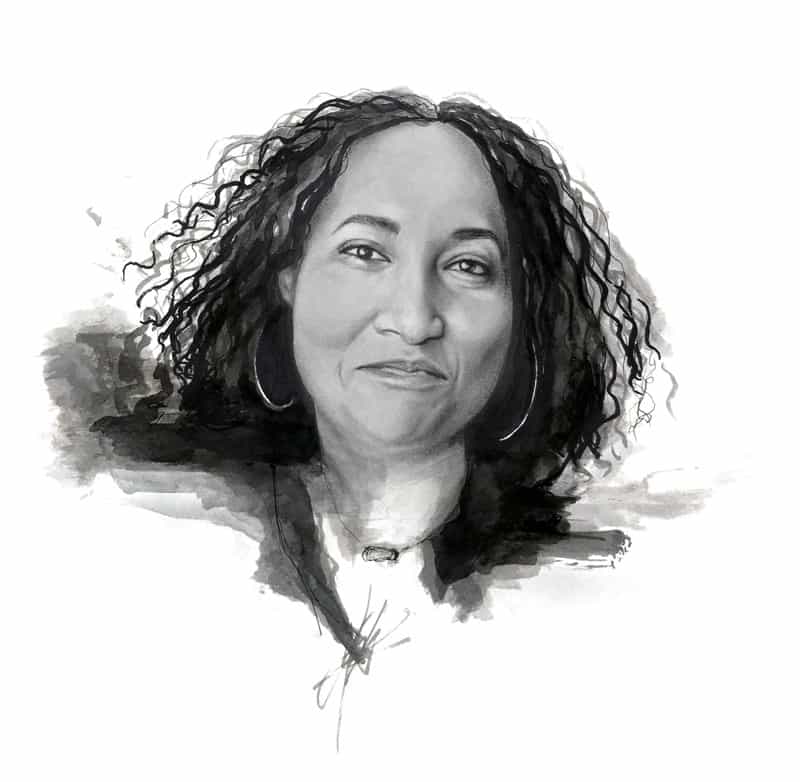
Kristina Newman-Scott | Illustration by Brittany Loar

